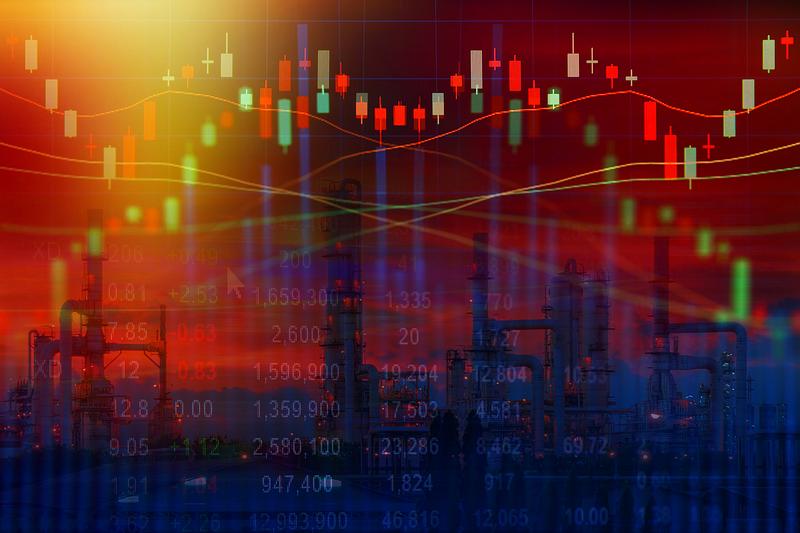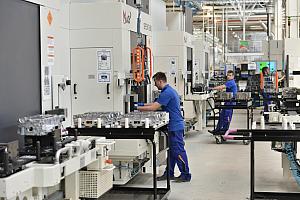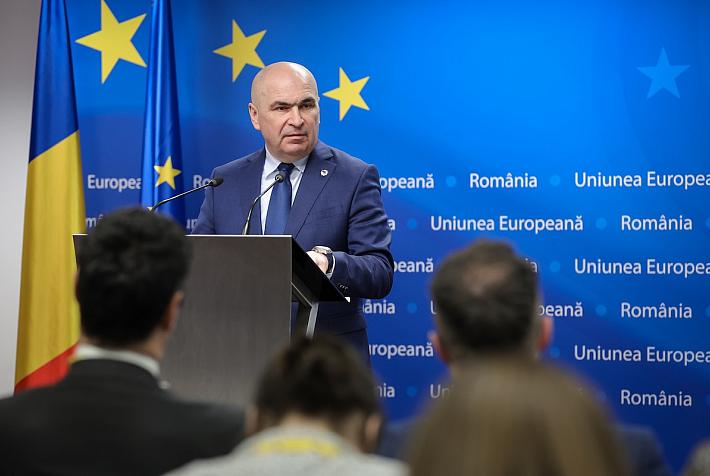Romania’s industrial price inflation turns positive in June on higher energy prices

The industrial price index in Romania rose by 1.9% over the three months in Q2 (Apr-Jun), driven by the 4.4% rise in the energy prices, and the annual industrial price inflation turned into the positive area (+1.1% y/y in June) after nearly a year in the negative territory.
However, a more detailed analysis shows that the energy prices are still much higher compared to those of other industrial goods, and it’s not sure whether this is a sustainable balance or if more corrections are to come.
By major industrial groups, the prices demonstrated diverging annual dynamics: energy prices edged down by 0.6% (on a high base), and the prices of intermediate goods contracted by 1.5% (possibly an effect of subdued industrial activity).
Prices of consumer goods rose moderately (in absolute terms and compared to the 4.9% y/y consumer price inflation): by 1.5% (durables) and 3.5% (non-durables), driven among others by the demand-side factors. The price of capital goods posted the fastest advance: 5.6% y/y. In principle, this might bode well if it is an effect of investments.
But the annual dynamics alone tell only a small part of the story. In absolute terms, the energy prices are 2.2 times higher (+120%) compared to the 2021 average. This is roughly the 120% leap in the energy prices seen from August 2021 to October 2022, when all the European countries were piling up non-Russian natural gas and fighting global heating with more PV panels and wind farms. Not much has changed since then, and as a result, the energy prices haven’t declined significantly. It’s hard to say how much of the 120% rise in energy prices (versus 2021) is due to the decarbonization and how much to the war in Ukraine, but the effect is the same: higher industrial and consumer price inflation and a broad re-negotiation of the relative prices.
The prices in other industries rose less than those of energy, compared to 2021: from +23.5% for the intermediate goods to +35% for the non-durable consumer goods. This may be either because the other industries already accommodated the higher energy prices (by accepting smaller margins) or because they haven’t yet completed the price adjustment cycle.
(Photo: Kanok Sulaiman/ Dreamstime)
iulian@romania-insider.com













